It is not an Italian immigration story that Italian and European history books cover, nor is it one gets much attention. It is not the “Leaving Italy” story about the 4,000,000 Italians who immigrated to the US between 1880-1920, nor is it about the post World War II wave that brought 600,000 Italians to American shores. It is, instead, the story of thousands of Italian children whose history of displacement and adoption is not in history books.
Devastated by World War II, Italy faced many problems. While unemployment, famine, and natural disasters impacted the entire country, it was the south that suffered most. Abandoned, orphaned, or simply taken from their parents, thousands of Italian children left their homes between 1947 and 1970. Many went to camps and orphanages. Many whom the government placed with families in the north eventually returned to their birth homes, but others did not.
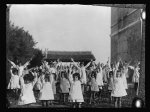
The Catholic Relief Services and Catholic Committee for Refugees strove to bring the abandoned and orphaned children to the United States. Working with Princess Gabriella Pacelli, niece of Pope Pius XII, the CRS and CCR eventually brought more than 3700 to new families, new homes, and new lives in the United States.
This is one of those stories.
Rita
Rita Concetta Cellini lived in a small house in Pettorano sul Gizio, Abruzzo, Italy, with her parents, three brothers and three sisters. Giovanni Cellini and Filomena Agapite, her parents, scraped out a living, but they were happy in the house that had no running water or utilities. The children attended the local school, and her brothers tended sheep in the hills that surrounded the town.
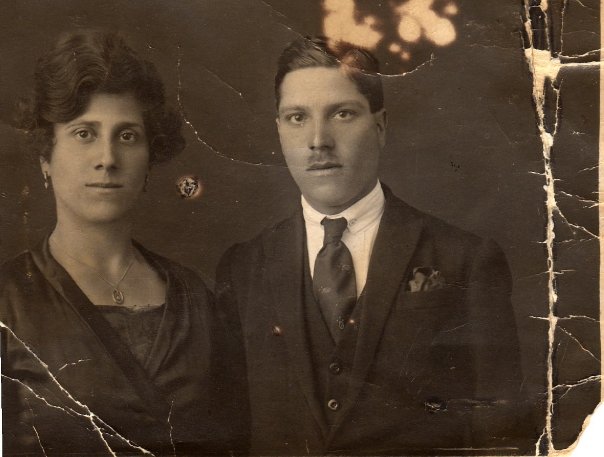
Rita remembers when her father would make polenta, cooking the corn meal over the fire in a big copper pot. Once papa poured the hot polenta on the table to cool for cutting, the kids would eat it with delight. “Life was good, if not hard,” remembers Rita.
On July 18, 1950, Rita’s fifth birthday, Filomena made the child’s favorite meal—gnocchi. After lunch, Rita went out to play while her mother went about her daily chores. Suddenly, screams pierced the peaceful Saturday afternoon. Filomena, who was chasing a chicken, fell over a 23-foot wall.
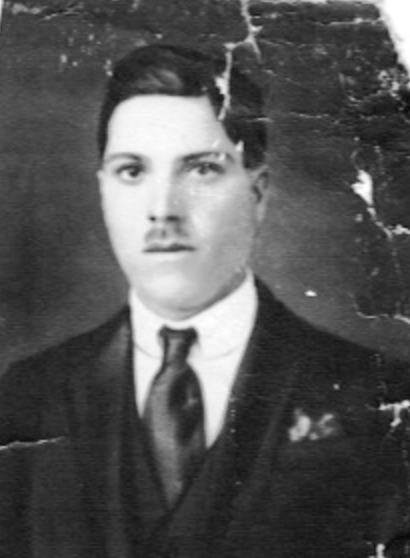
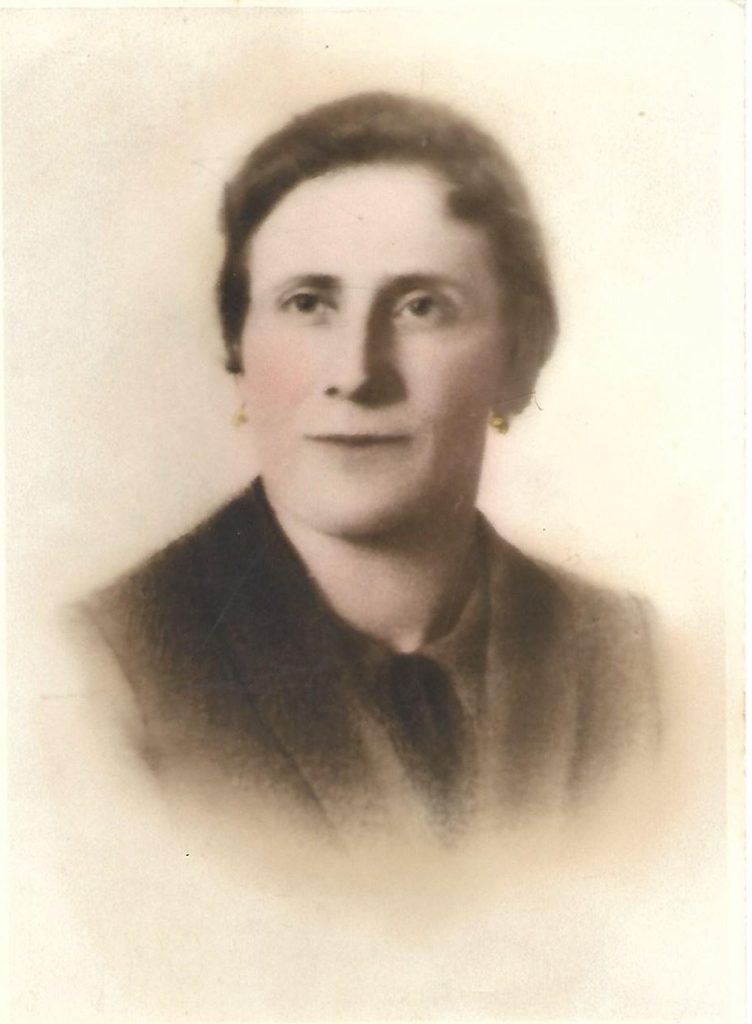
Adults carried Filomena into the small house and placed her on the bed. Rita jumped on the bed and on top of her mother in an effort to wake her, to no avail. They rushed her to the hospital at once, but she died of traumatic brain injury. She was 48 years old.
Rita remembers the sadness but not much more. Life went on, as it does. She continued living in the small house with her father and siblings. Most of her siblings were farm workers. Rosina, age 19 at the time of Filomena’s accident, took over household duties. The youngest brother, Carmine, went to live with family friends in a nearby town where he attended school.

New Country. New Parents.
After Filomena’s death, Rita remembers, Margaret Russo (Filomena’s first cousin) and her husband Frank asked for permission to adopt Rita. Unable to have their own children, they told Giovanni and the rest of the family, “We can give her a good life.” The Russos worked with the New Britain (CT) Diocesan Bureau of Social Services and the National Catholic Welfare Conference for almost two years to bring Rita to the United States.
Rita remembers receiving gifts from the Russos during that time. Social workers indicated that the Russos were in constant contact with the Cellini’s to ensure Rita was comfortable with them when she eventually moved. In letters and conversations, Rita called the Russos “mommy” and “daddy,” but she knew that her real mother “was in heaven” and her real father in Italy.
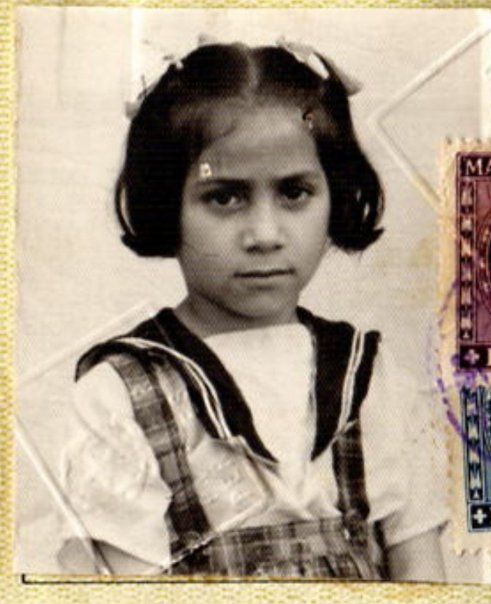
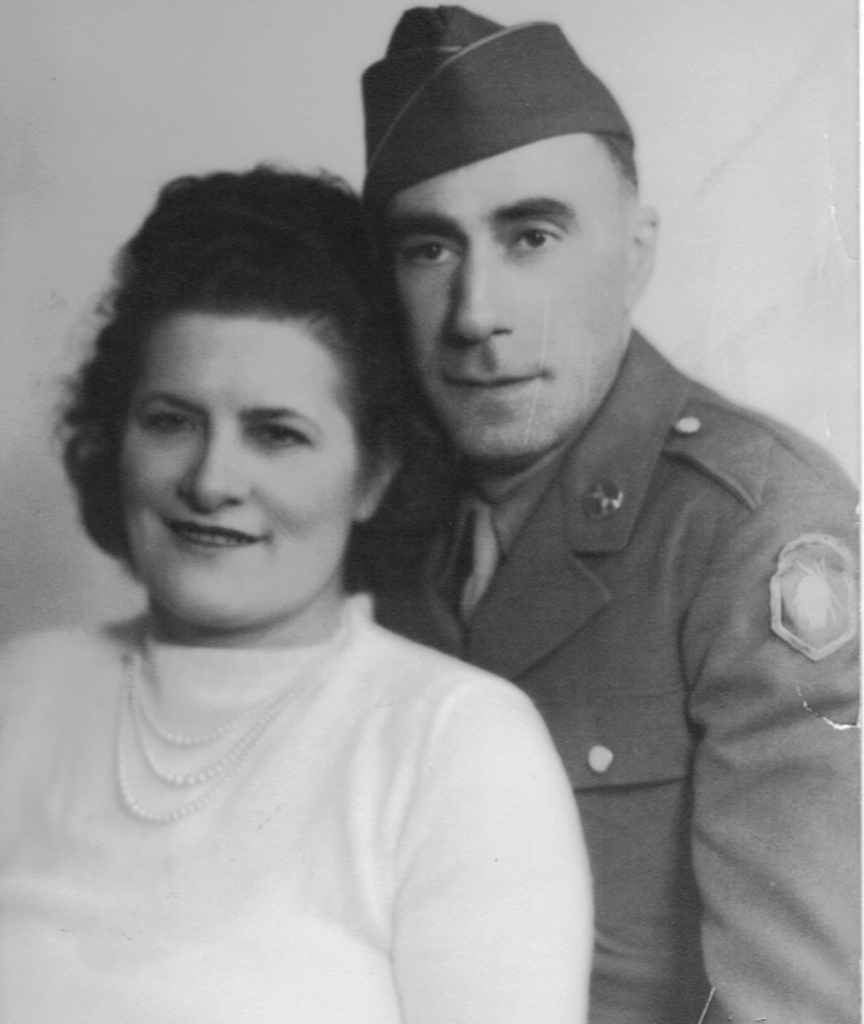
On August 24, 1952, Rita boarded a large silver plane with about 25 other Italian orphans and their caretaker priest. The almost 18-hour flight to New York’s Idlewild (Now John F Kennedy) Airport, and while the children were excited, they were tired and anxious at what awaited them. Most of them were bound for orphanages first, according to Rita, but she went to New Britain to live with the Russos.
“I was very lucky to move to New Britain,” Rita told me. “We lived in a very multicultural community, and everyone welcomed me. The nuns at school and church helped me learn English.”

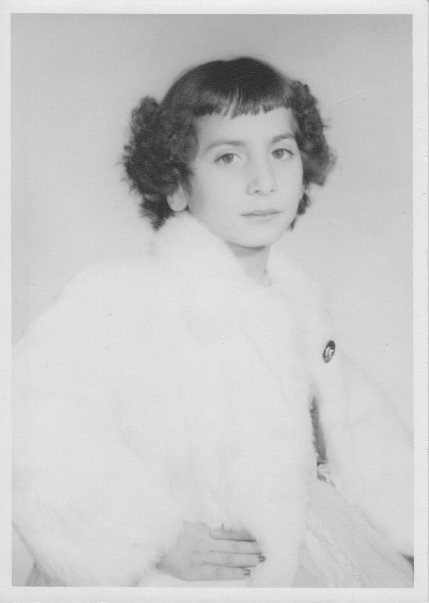

Becoming a US Citizen
It didn’t take long for Rita to fit in. She attended Sacred Heart School, and six months before her 13th birthday, she became a US citizen. Before the ceremony, Judge Frank Covello asked Rita to join him in his office so he could ask her the citizenship questions in private.
“The judge called me into his chambers,” Rita remembered, “and asked me a few questions. One of them was what I would do or whom I would support if the United States went to war with Italy.
“I told the judge that first I would get all my father and all of my brothers and sisters to come to America so they would be safe. After that, I would fight to help America. I must have answered correctly because I became a citizen.”
As An Adult
Rita kept in touch with her siblings and family throughout her life. Her first marriage, an arranged one, took place in Italy in 1964. It was the only time she returned to Italy and the last time she saw her father. She was able to celebrate his 65th birthday with him during that trip, but he sadly passed four years later.
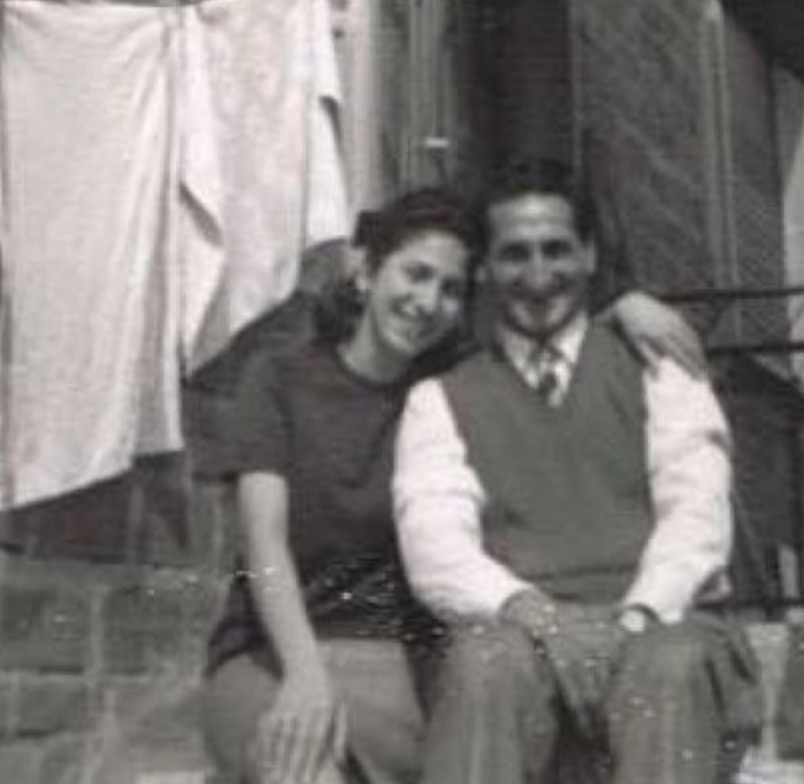
Rita had three children with her first husband before the marriage collapsed. Not long after the divorce, she met Eric Pfenninger, a US Navy Seaman. They married in Bridgeport, Connecticut, and she began life as a Navy wife . Eric adopted the oldest three children, and he and Rita added one of their own to the brood.
After Eric’s retirement, the family returned to the US and moved to Eric’s home state of New Jersey. The Pfenningers lived in New Jersey until 2010 when they moved to Virginia to be near their eldest son. Eric passed in 2019, and Rita still lives in Virginia today.
In Rita’s Words
What do you think was the most important thing(s) to your parents (the Russos)? Why?
Church, family and school were important to them. Showing respect to others was a number one thing! My mom also showed me how to budget money and make sure bills always got paid. She had a little metal box with divided slots for all the monthly bills.
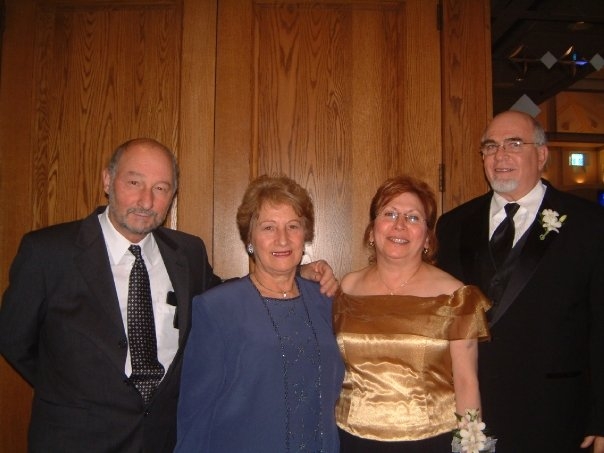
How do you try to keep customs alive in your family?
We always have family dinners and get-togethers on holidays. Of course, we also have the Feast of Seven Fishes on Christmas Eve!!!
What are your thoughts on Pettorano today?
It is such a beautiful place and so very tranquil. I wish I were younger so I could travel again. My children are planing to go there in the near future.
What do you want to share about you and your Italian family?
They were all hard working people and very proud of their heritage.
Do you consider yourself American? Italian-American? American?
Well, That’s a good question. I should probably say Italian-American, but I’ve been here so long I’m an American!


I enjoy the story thank you to you and Rita for sharing it
Thank you Maria for reading Rita’s story. We love the Italian American stories that all immigrants can identify with in some way.
New Britain Herald – August 28, 1952
Page One:
Tired Little Italian Girl, 7, Begins New Life in This City
Thank you for giving me closure, I wondered what happened to the ‘little Italian girl’ in the article.